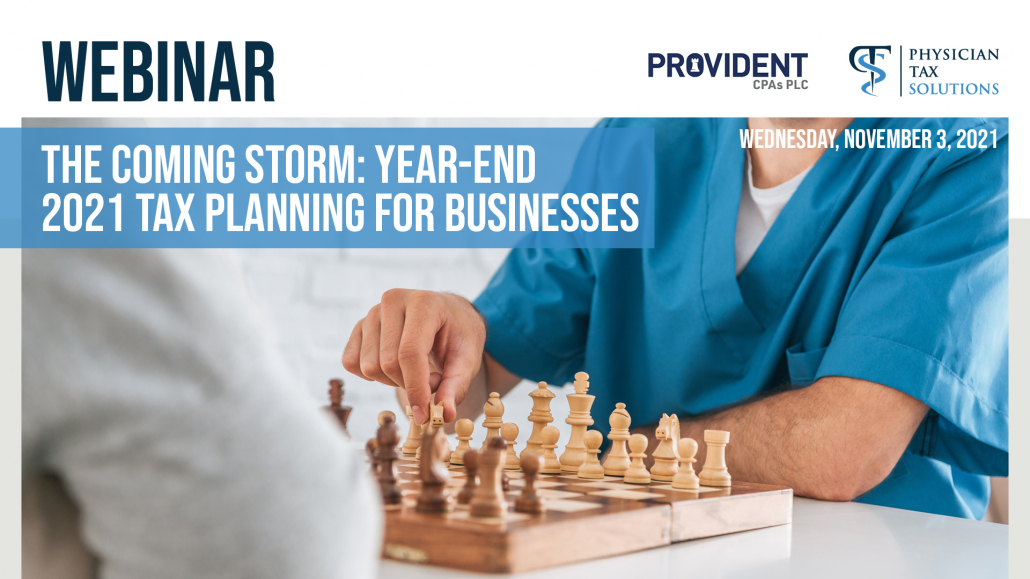Posts Tagged ‘business growth’
Understanding the SECURE Act 2.0: What You Need to Know for 2023 and Beyond
As retirement planning continues to evolve, so do the laws that govern how we save, invest, and plan for our future. The Setting Every Community Up for Retirement Enhancement (SECURE) Act of 2019 was a significant step forward, but the passage of the SECURE Act 2.0 in 2022 has introduced even more changes aimed at…
Read MoreAccounting Basics for Business Owners
Understanding accounting basics is essential for any business owner. You’ve poured your passion, time, and energy into building your business. Amidst the hustle and bustle, have you ever paused to consider the pivotal role accounting plays in shaping your business’s success? Accounting isn’t just a task to check off; it’s a crucial compass guiding your…
Read MoreThe Coming Storm: Year-End Tax Planning for Businesses
Every EOS® Step, Explained
Learn the six steps of the Entrepreneurial Operating System® (EOS) and how to use them when planning for business growth The Entrepreneurial Operating System (EOS) is used by founders and businesses to improve processes and set up a successful path to long-term growth. The concepts and tools presented in EOS help teams become more aligned…
Read MoreWhy Take a Proactive Approach to Management?
Many managers are too reactionary, only noticing an issue when it’s big enough to cause problems. But the right business metrics inform proactive decision-making. There are many approaches to managing a business. But when you need a solution that will help you motivate your team, manage risks, and make better decisions, a proactive approach is…
Read MoreGet a Grip: Why You Need Traction to Grow
Traction is the difference between spinning your wheels and getting your business on the road to success. Learn how these methods of gaining control can supercharge business growth and focus. To grow your business, you have to guide it consistently and carefully. Business success is not about luck. It’s about you harnessing the tools you…
Read MoreEthical Entrepreneurship: The Impact and Strategies of Ethics
A growing number of global consumers want companies to have an ethically responsible vision and values, or they’ll spend elsewhere. How can small business owners start focusing on their “ethical footprint?” As an entrepreneur, you have plenty to worry about as you try to bring in profits and get your name out there. But growing…
Read More






